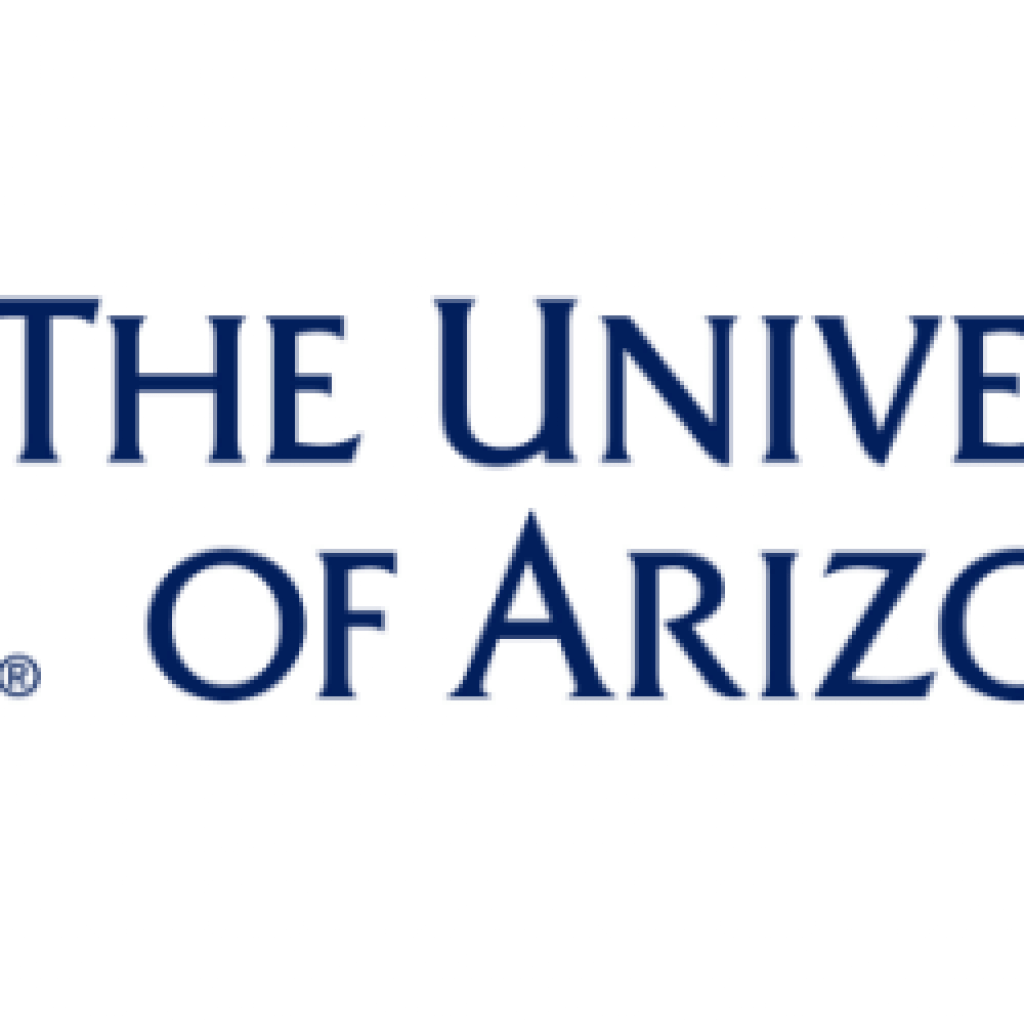(Nature.com) A team of American researchers led by Saikat Guha from University of Arizona have discovered an improved way to tackle the task of entanglement distribution. What they found is that, even in the case of only two users, having a network of links and using a multi-path strategy instead of a simple sequence of segments gives a large advantage in terms of achievable distance. The problem of generating entanglement (the notorious ‘spooky’ quantum correlations) between distant locations is not only a matter of fundamental science, but it would allow to empower the Internet with a set of quantum-enhanced capabilities such as intrinsically-secure communication. Their framework should spur the development of a general quantum network theory, bringing together quantum memory physics, quantum information theory, quantum error correction, and computer network theory.
A quantum network can generate, distribute, and process quantum information in addition to classical data.1,2 The most important function of a quantum network is to generate long distance quantum entanglement.
U of Arizona Researchers Discover New Way of Routing Entanglement in Quantum Internet
